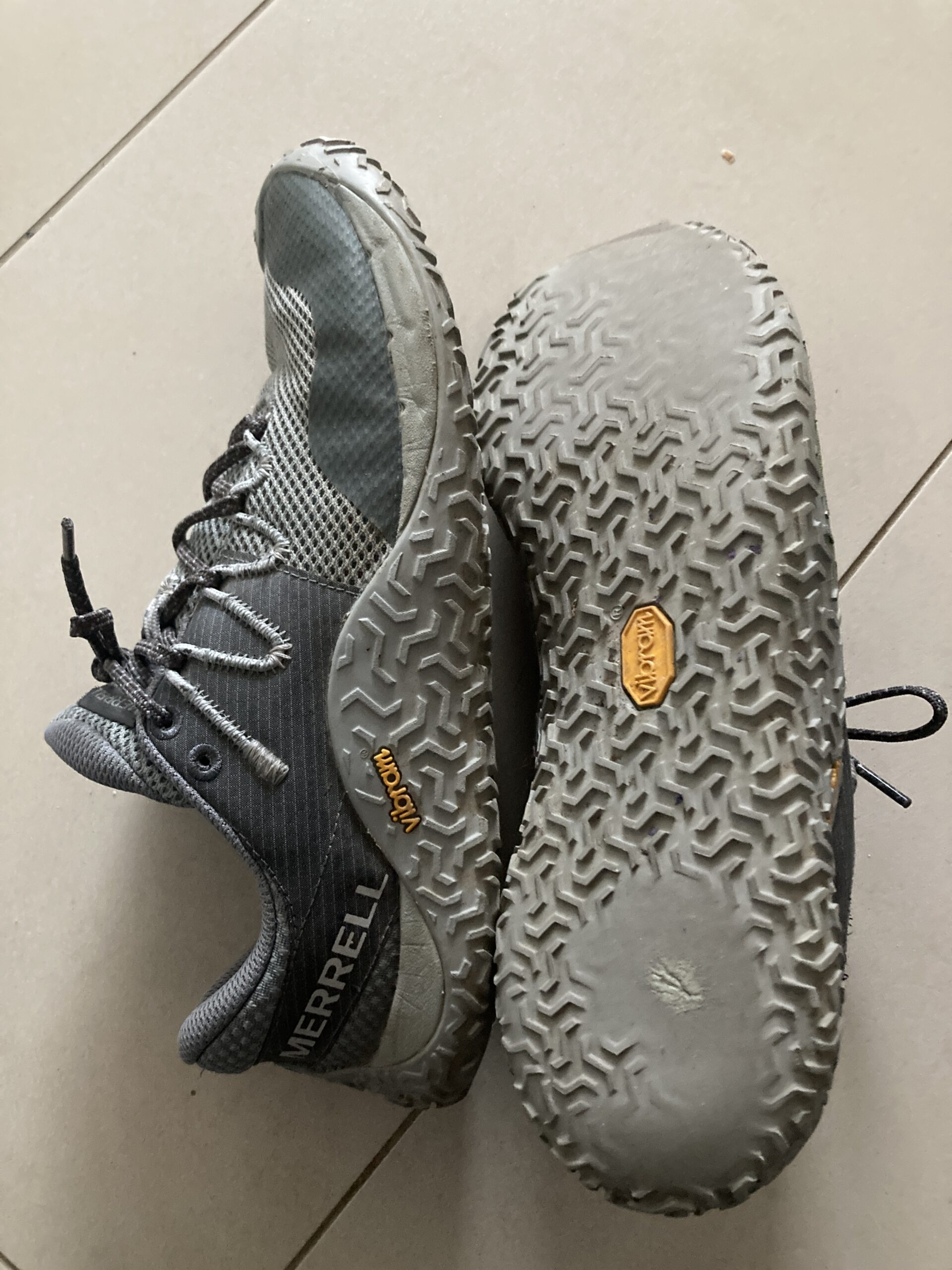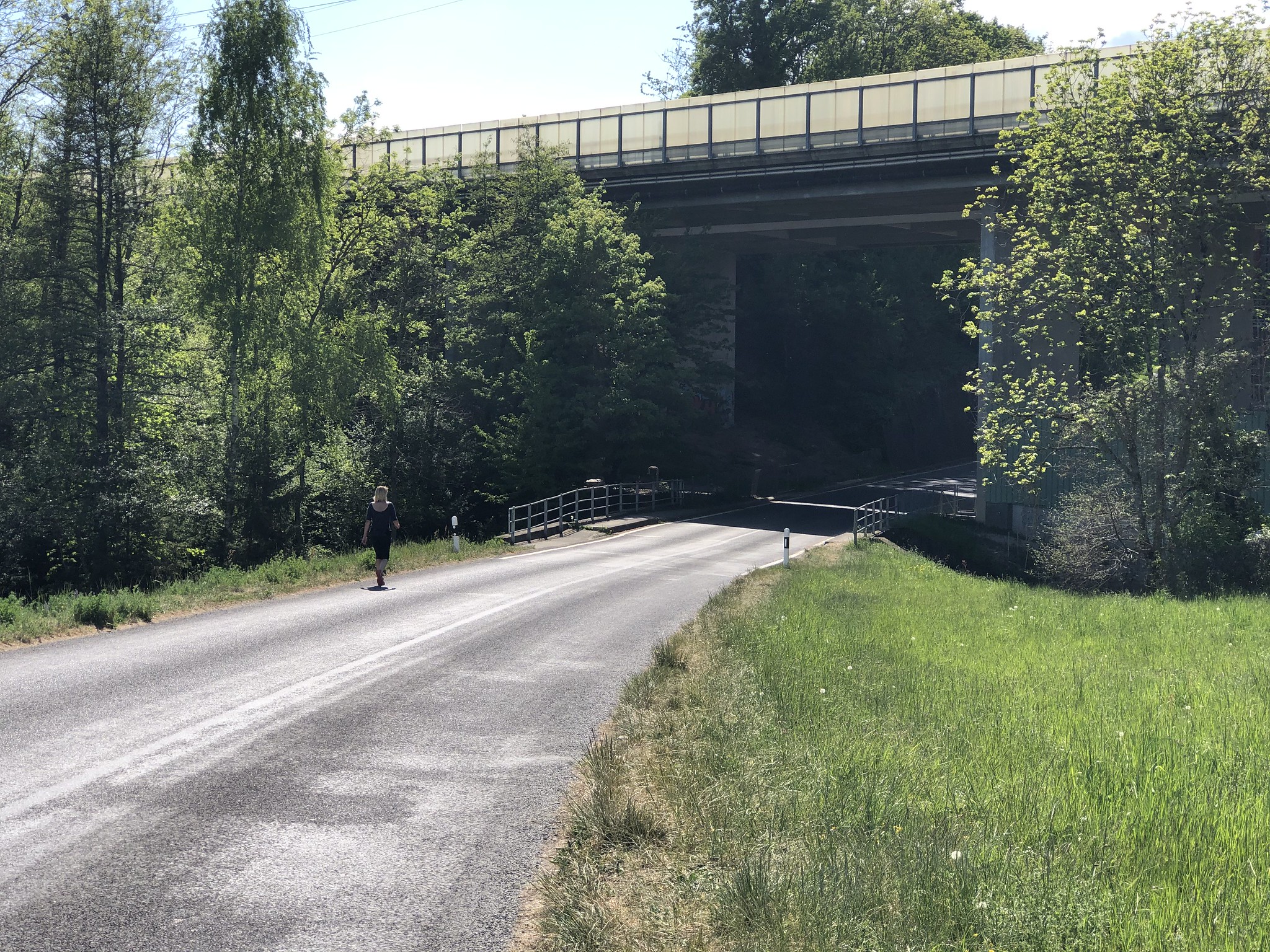Tag: pedestrian
-

Running to Prangins and Back to Nyon
Reading Time: < 1 minuteToday the Epix Gen 2 said that I should go on a 51 minute run so I did. I ran from Eysing to Prangins via the top of Nyon before running by the castle, down to the lake, and back along the lake road to Nyon. In the process I felt…
-

Walking from Village to Village, and Village to Town
Reading Time: 3 minutesThe conversation is too often about designing cities to be car-free, but I would argue that designing the countryside to require less frequently would be more advantageous. The reason for this is that walking from village to village, and from villages to towns eliminates the need for, and appeal of the car.…
-
Banning Traffic from Cornavin
Reading Time: 3 minutesAlthough this article is two years old La Tribune de Genève wrote again about it and it appeared in my Google Newsfeed. I am not opposed to making cities pedestrian because I love to walk more than I like buses, trains, or other forms of transport. I actually do like trains. When…